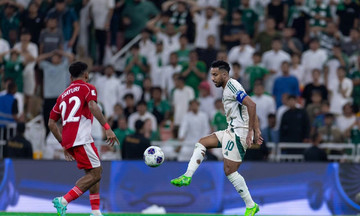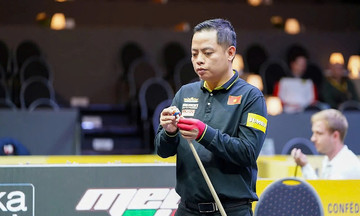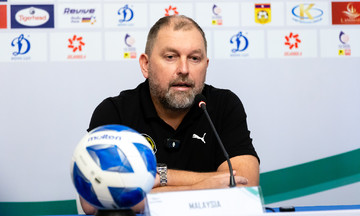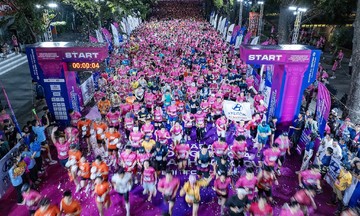In tennis, "court speed" refers to how quickly the ball travels and bounces after hitting the surface. Fast courts allow the ball to retain more velocity, traveling faster and bouncing lower. Slow courts cause the ball to decelerate and bounce higher, benefiting defensive players and those who engage in long rallies.
The International Tennis Federation (ITF) categorizes court speeds into five groups: slow, medium-slow, medium, medium-fast, and fast. Generally, grass courts are the fastest, followed by hard courts, with clay courts being the slowest due to differences in bounce and friction.
 |
Federer (right) comments at the 2025 Laver Cup. Photo: *Laver Cup* |
Federer expressed his dissatisfaction with the current trend of slow court speeds, regardless of the tournament's location. The former Swiss player suspects that tournament organizers are intentionally slowing down court speeds to facilitate more frequent matches between Alcaraz and Sinner.
"I understand tournaments wanting to play it safe with slower courts," Federer stated during the Laver Cup in San Francisco. "At that speed, weaker players need exceptional shots to get past Sinner. But on faster courts, they could hit a few timely shots and win. That's why tournaments tend to want Alcaraz and Sinner in the finals, as it benefits tennis."
Court speeds have changed significantly since the 1990s when serve-and-volley play was more prevalent due to faster surfaces. From the mid-2000s, tournament organizers recognized the advantages of slowing down courts to reduce the dominance of serves and create more engaging baseline rallies.
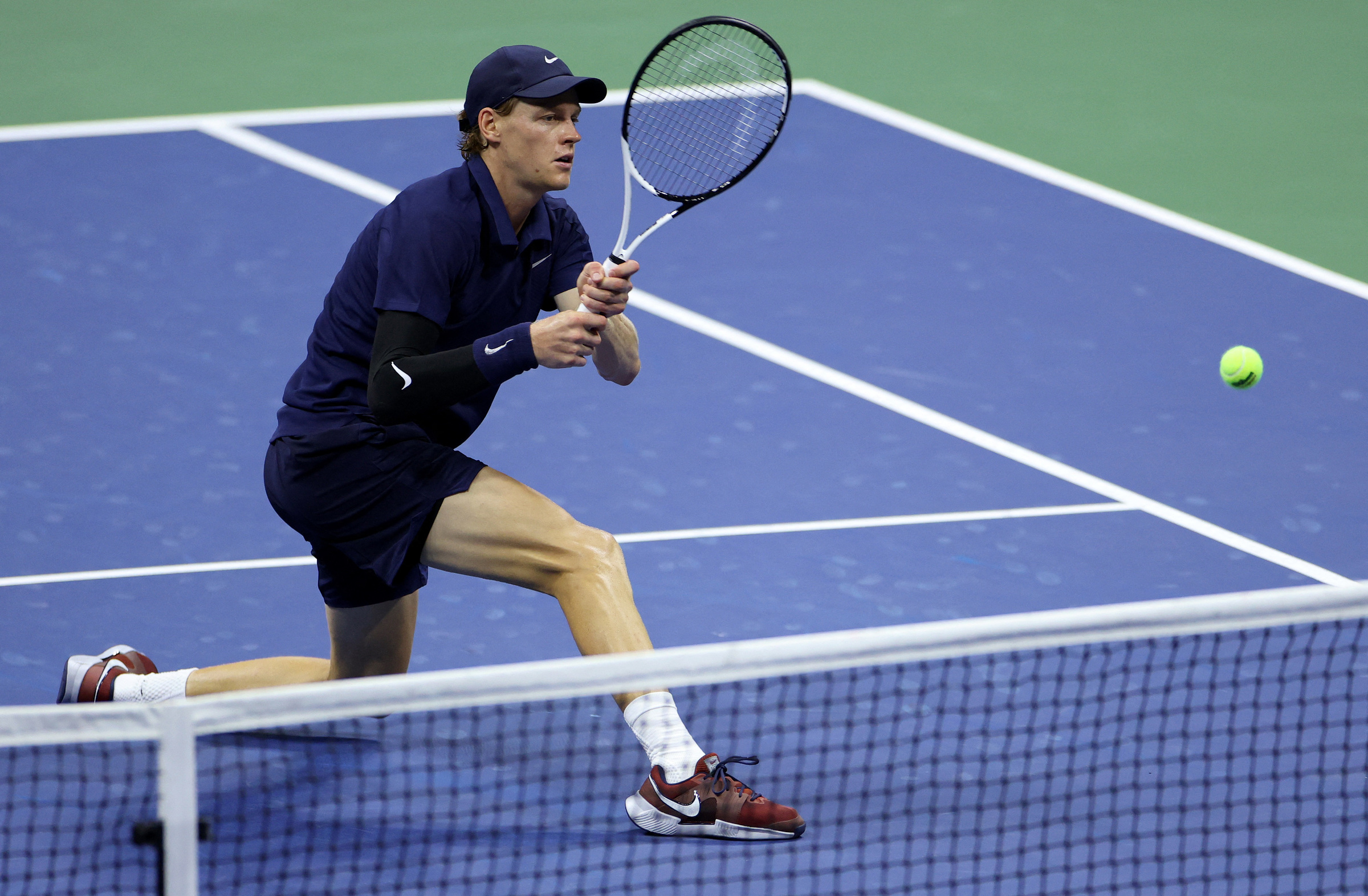 |
Sinner during his US Open semifinal against Canadian Felix Auger-Aliassime on 5/9/2025. Photo: *Reuters* |
Since Federer and Rafael Nadal retired, Alcaraz versus Sinner matches have become a new rivalry in men's tennis. This year, they became the first pair in the Open Era to face each other in three Grand Slam finals in a single season: Roland-Garros, Wimbledon, and the US Open. In 2025, Alcaraz and Sinner met in five finals, with the other two being the Rome Masters and the Cincinnati Open.
Federer has long advocated for a variety of court speeds in tennis. During his playing career, the 20-time Grand Slam champion was known for his adaptability to different surfaces and playing conditions thanks to his versatile style.
According to Federer, stars like Alcaraz and Sinner should be challenged more by diverse surfaces and playing conditions, rather than being favored by the current slow courts.
"We don't just need fast courts, but we also want to see how Alcaraz or Sinner adapt to extremely fast courts and then play each other on extremely slow courts to see the differences," Federer explained. "Currently, players almost play the same way. That's because tournaments allow this based on the speed of the ball and the court, making every week almost the same. You can win Roland-Garros, Wimbledon, and the US Open with just one style of play."
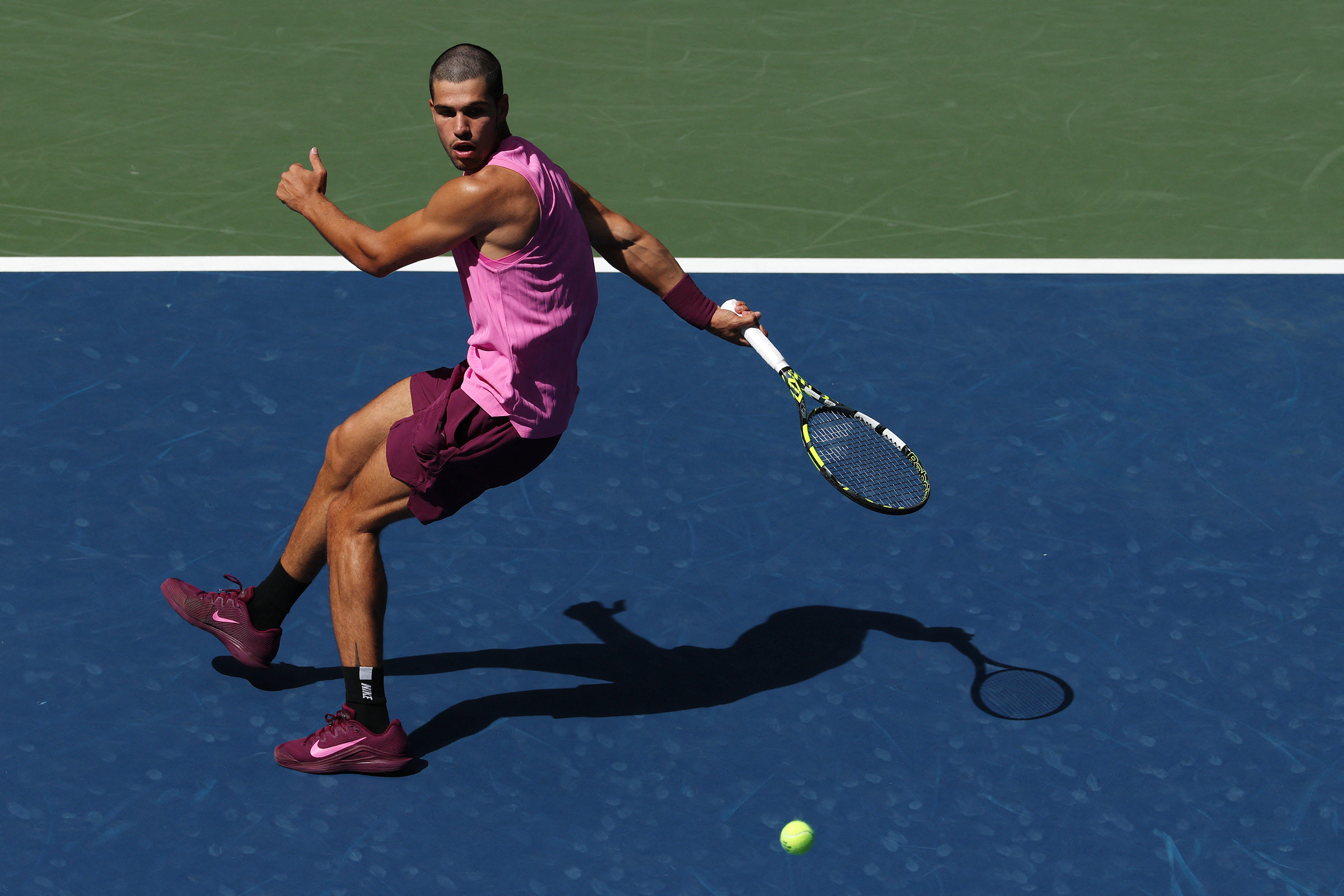 |
Carlos Alcaraz hits a behind-the-back shot, surprising Arthur Rinderknech into netting the ball during their US Open round of 16 match at Arthur Ashe Stadium, New York, on 30/9/2025. Photo: *AFP* |
Federer even suggested that returning serves is now easier. "I feel that players are returning serves too easily now," he said. "I don't know if it's the slower conditions or they are better. Returning used to be a very difficult skill. Now, they just stand there, and it's done."
However, the former Swiss player admitted his own contribution to this issue by allowing slow courts at the Laver Cup, the event he founded.
"I told Reilly Opelka that this isn't right, and I blame myself for being involved in the court surface decision at the Laver Cup. It's unacceptable that his high-kicking serve can be returned so easily by Casper Ruud. Opelka is one of the best servers in the world right now, yet Ruud can still return from hip height and hit a passing shot cross-court on break point. I think Ruud should have had a harder time. So, tournament directors like us need to fix this," Federer emphasized.
Hoang Thong (*The Times*)




